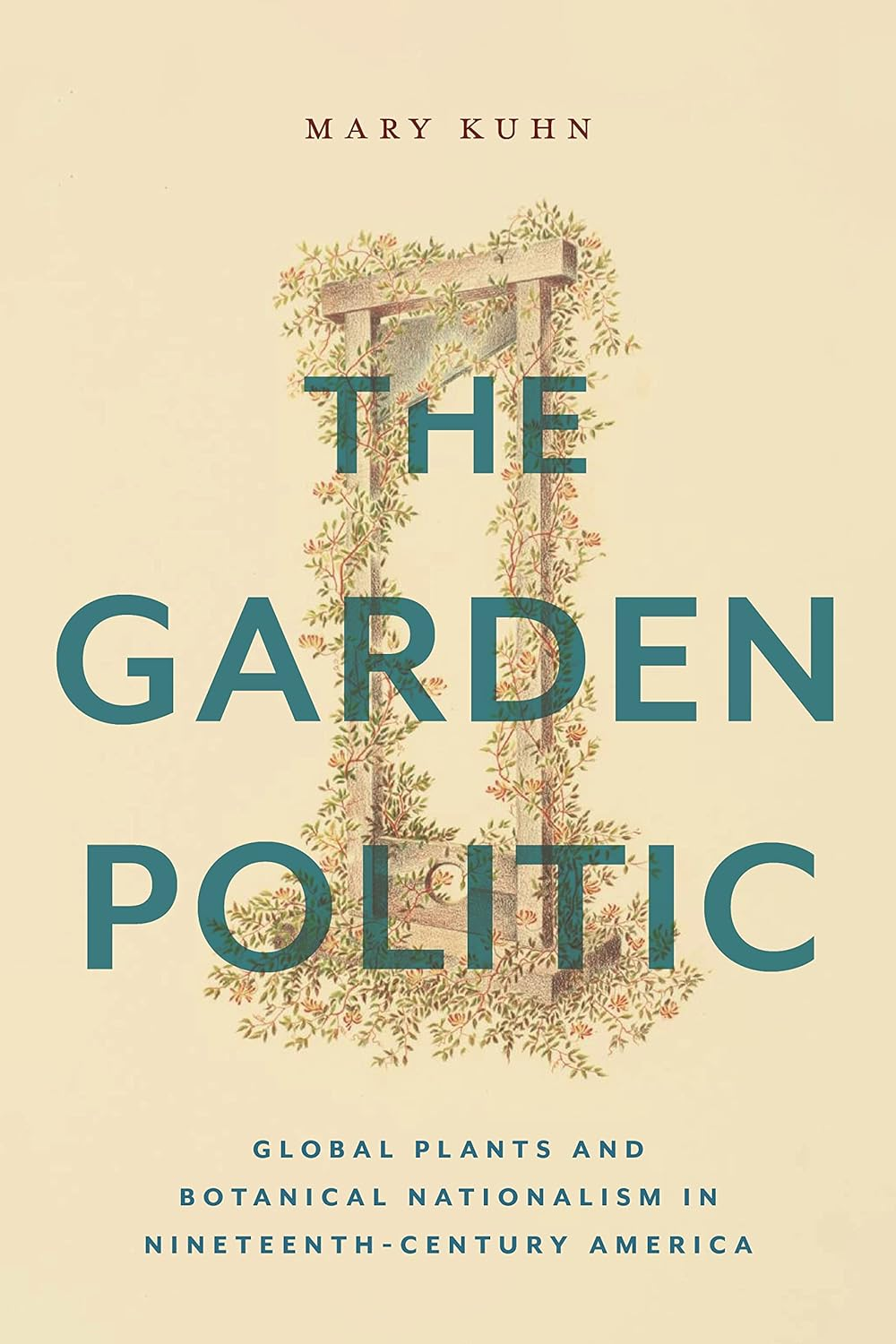Across her poems and her letters Dickinson dwelled on how the creative energy of the botanical realm might escape, challenge, and in some ways reorganize human-centric designs. In this sense, she departed from dominant theories of natural philosophy that elevated human consciousness above other forms of life, aligning herself instead with an emergent scientific discourse about plant feeling. Whereas the many theories of life in the nineteenth century—like the great chain of being or argument from design—tended to see the world as an orderly and stable hierarchy with humans at the top, Dickinson was among those who found in the plant realm another possibility: life whose very nature is collaborative, decentralized, and communicative with other environmental agents in ways that human actors cannot anticipate or control. Such theories about the organization of plant matter inevitably have political and cultural consequences. If plants are vital, sensible, and mobile, they cease to simply reflect the human values projected upon them. Their autonomy is both difficult to imagine and politically charged, for it elicits an awareness of the limits to human control—and not only control of plants themselves.
By Dickinson’s lifetime, plant sentience was an established, if hotly debated, current of thought within natural history. By the end of the eighteenth century, naturalists hypothesized that plants could feel in ways analogous to human feeling. Whereas Linnaeus distinguished plants from animals in Philosophia Botanica (1751) on the very basis that plants had “growth and life” but no “feeling,” by the time American naturalist William Bartram published his Travels in 1791, his observations led him to conclude that “vegetable beings are endued with some sensible faculties or attributes, similar to those that dignify animal nature.” Calling Dionaea muscipula (Venus flytrap) “sportive” and noting the “artifice” with which they “entrap incautious deluded insects,” Bartram perceived plants as like humans in certain respects and indeed compares climbing vines to “the fingers of a human hand.” As academic Michael Gaudio notes, such a doctrine of plant feeling made sense in an Enlightenment context in which the natural and the social “were understood to operate according to the same principles.”
